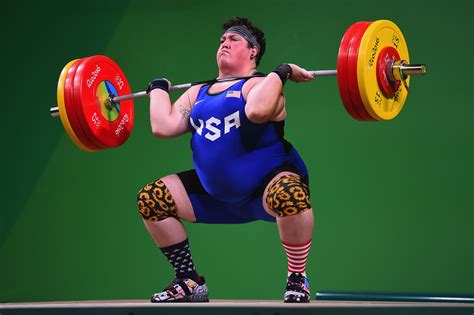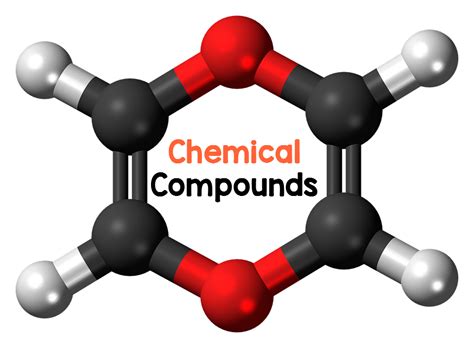Maximize gym time: Optimize lifting for peak strength and lean mass gains?

Maximizing your time in the gym isn’t just about showing up; it’s about making every rep count towards your goals of peak strength and significant lean muscle gain. Many lifters spend hours without seeing optimal results because their approach lacks strategic optimization. This article will guide you through the core principles of effective lifting, transforming your efforts into tangible progress.
The Foundation: Progressive Overload
At the heart of any successful strength and muscle-building program lies the principle of progressive overload. Simply put, to get stronger and build more muscle, you must consistently challenge your body with increasing demands. This doesn’t solely mean lifting heavier weights every session. Progressive overload can be achieved through various methods: increasing the weight, performing more repetitions with the same weight, doing more sets, reducing rest periods, improving lifting form, or increasing training frequency. The key is to constantly adapt and provide a novel stimulus for growth. Without this continuous challenge, your body will adapt to the current workload and cease to make further improvements.

Volume, Intensity, and Frequency: Finding Your Sweet Spot
Optimizing your training involves a delicate balance between volume (total work, e.g., sets x reps), intensity (how heavy the weight is relative to your maximum), and frequency (how often you train a muscle group). For strength gains, higher intensity (heavier weights, lower reps) is often prioritized, while for hypertrophy (muscle growth), moderate intensity with higher volume tends to be more effective. A general guideline for hypertrophy is 10-20 working sets per muscle group per week, distributed across 2-3 sessions. Beginners might start at the lower end, gradually increasing as they adapt. Listening to your body and adjusting these variables is crucial to avoid overtraining and ensure consistent progress.

Smart Exercise Selection: Compound Movements Reign Supreme
When gym time is at a premium, prioritize exercises that offer the most bang for your buck. Compound movements – exercises that involve multiple joints and muscle groups – should form the cornerstone of your routine. Think squats, deadlifts, bench presses, overhead presses, and rows. These movements allow you to lift heavier weights, stimulate more muscle fibers, and elicit a greater hormonal response, all of which are crucial for strength and mass gains. While isolation exercises (e.g., bicep curls, lateral raises) have their place for targeting specific muscles or addressing weaknesses, they should complement, not replace, your compound lifts. Focus on mastering the form of these fundamental exercises before adding excessive accessory work.

Periodization and Strategic Deloads: Busting Plateaus
Consistent, intense training can eventually lead to plateaus and overtraining. This is where periodization and strategic deloads become invaluable. Periodization involves systematically varying your training program over time to prevent adaptation, optimize performance, and reduce the risk of injury. This could mean switching between phases of higher volume/lower intensity and lower volume/higher intensity. Deload weeks, typically once every 4-8 weeks, involve significantly reducing volume and/or intensity (e.g., 50-60% of normal) for a week. This allows your body to recover fully, repair tissues, and prepare for the next training cycle, often resulting in renewed strength and progress when you return to full intensity.

The Critical Support System: Nutrition and Recovery
Your efforts in the gym are only as effective as your commitment to nutrition and recovery outside of it. To build muscle, you need to be in a caloric surplus (eating more calories than you burn) and consume adequate protein (around 1.6-2.2 grams per kg of body weight) to support muscle repair and growth. Hydration is also paramount for performance and recovery. Equally important is sufficient sleep, as this is when your body produces growth hormone and repairs muscle tissue. Aim for 7-9 hours of quality sleep per night. Neglecting these aspects will severely hinder your ability to recover, adapt, and make consistent gains, rendering your optimized gym time less impactful.
In conclusion, maximizing your gym time for peak strength and lean mass gains requires a strategic, holistic approach. By consistently applying progressive overload, balancing volume and intensity, prioritizing compound movements, integrating periodization and deloads, and rigorously supporting your training with proper nutrition and recovery, you’ll transform your workouts into highly effective sessions. Remember, consistency and patience are just as crucial as the methods themselves.









